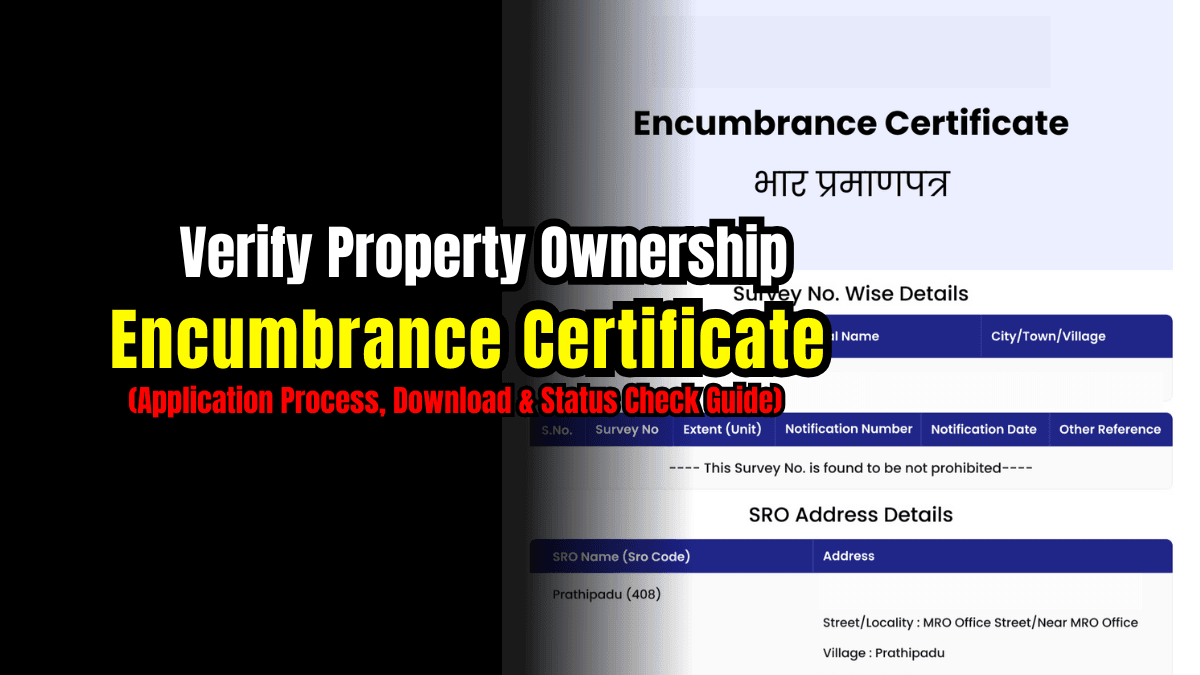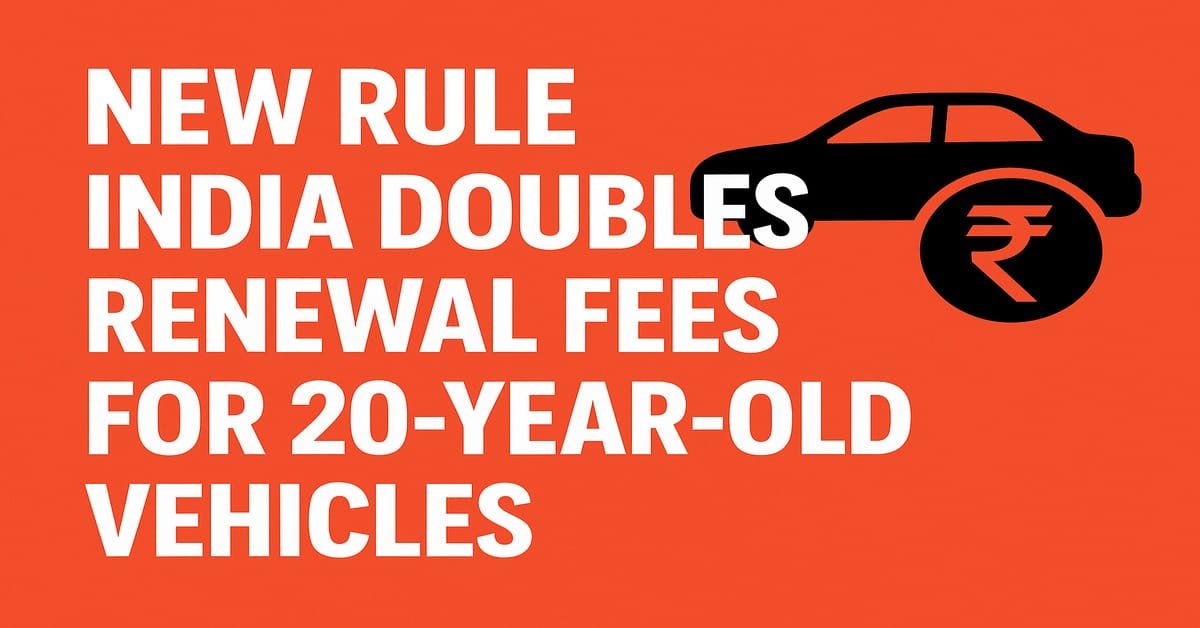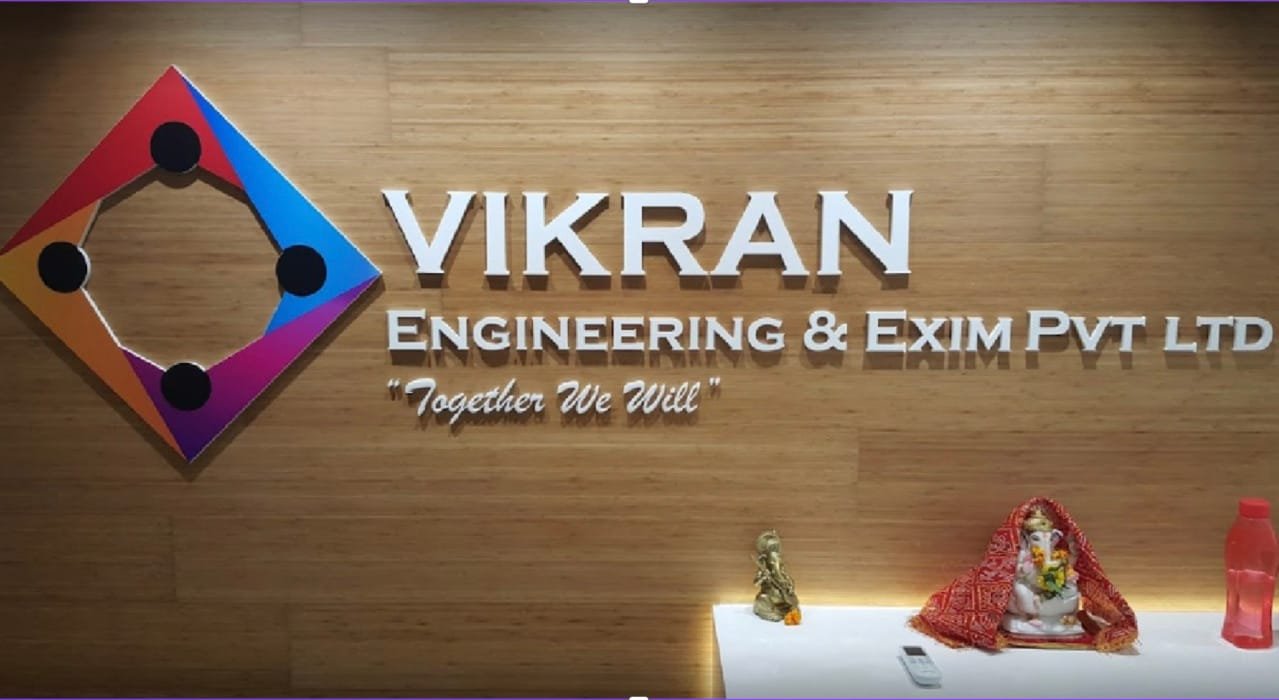If you’re stepping into the Indian real estate market, whether buying or selling, there’s one document you can’t afford to overlook: the Encumbrance Certificate (EC). Consider it your essential proof that the property is legally clear – free from hidden debts, unresolved lawsuits, or ownership conflicts. This guide explains what an EC is, why it matters, and how to get one.
Understanding the Encumbrance Certificate
An EC is an official record issued by your local land registry office (Sub-Registrar’s office). It serves two vital purposes:
- Legal Clearance: It confirms the property has no outstanding legal or financial burdens (like unpaid mortgages, bank liens, or active court cases) for a specific time period you request.
- Transaction History: It details every significant, legally registered event related to the property during that timeframe (e.g., sales, inheritances, mortgages, leases).
Key Point: If a major property transaction isn’t documented in the EC, it lacks legal recognition. The EC is your evidence of a clear ownership history.
Why an EC is Non-Negotiable
- Critical Buyer Protection: While title deeds show ownership, the EC proves that ownership is unburdened. Skipping this step risks buying a property saddled with someone else’s debts or legal battles – problems you could inherit.
- Mandatory for Loans: Banks universally require an EC before granting property loans. They need absolute assurance the asset securing your loan is free of prior claims.
- Prevents Future Disputes: It safeguards your investment by revealing potential issues before you commit, offering long-term peace of mind.
Getting Your Encumbrance Certificate: Online & Offline Routes
The exact steps might vary by state (Maharashtra, Karnataka, Tamil Nadu, etc.), but the core procedure is consistent:
- Identify the Correct Office: Determine the specific Sub-Registrar’s office responsible for the property’s location.
- Online Application (Recommended where possible):
- Access your state’s official land records portal (e.g., MahaEC for Maharashtra, TNREGINET for Tamil Nadu, Kaveri Online for Karnataka).
- Create an account or log in if you have one.
- Complete the EC application, providing key property identifiers (Survey Number, Plot Number, Property ID).
- Specify the time span needed (commonly 13-30 years; banks often require 13+ years).
- Upload a scanned copy of valid ID proof.
- Pay the nominal fee online (typically ₹100 – ₹200).
- Offline Application:
- Visit the Sub-Registrar’s office in person.
- Obtain and fill out the EC request form.
- Supply the necessary property details and desired time period.
- Submit the form along with ID proof and pay the fee at the counter (keep the receipt).
- Receive an acknowledgment slip. Processing usually takes 7-10 working days.
What Details Does the EC Reveal?
- Registered Transactions: A chronological list of all legally recorded events (sales, gifts, mortgages, leases, property divisions) within your chosen period.
- Parties & Dates: Names of buyers, sellers, lenders, etc., involved in each transaction, along with the relevant dates.
- Deed Types: Identification of the legal documents used (e.g., Sale Deed, Gift Deed, Mortgage Deed).
- Potential Red Flags: Notations of any pending legal actions, creditor claims, or disputes filed against the property.
- Related Documents (Some States): References to non-registrable agreements (like wills or family settlements) might appear as cover sheet entries.
Tracking Your EC Application Status Online
If you applied online, checking progress is usually straightforward:
- Go to your state’s land records website.
- Find the Status Tracker: Look for options like “Track EC Status,” “Application Status,” or similar under sections like “E-Services” or “Encumbrance Certificate.”
- Enter Your ID: Input the unique reference or acknowledgment number provided when you applied.
- View Status: The portal will display updates such as “In Process,” “Approved,” or “Available for Download.” Approved certificates can often be downloaded directly.
Note: Online tracking might not be available in all areas, particularly older systems or rural offices. If unavailable, contact the Sub-Registrar’s office directly with your acknowledgment details.
Smart Tips for Using Your EC
- Focus on Key Info: Instead of reading the entire document line-by-line, request a focused summary highlighting only loans and mortgages from the office. Alternatively, ask them or a legal expert to officially confirm the EC shows a “clean” title for your required years.
- Cover the Right Period: Ensure your EC spans at least the last 13 years, as this is the standard timeframe most lenders require.
- Verify Thoroughly: Carefully review the EC to confirm it reflects the full requested history and raises no concerning flags.
The Essential Takeaway
An Encumbrance Certificate is far more than bureaucratic paperwork; it’s a fundamental legal safeguard for your property transaction. Obtaining one, whether digitally or in person, provides the critical assurance that your investment is secure and unencumbered. Always confirm it covers the necessary duration and presents a clear history.
Important: Procedures and requirements can differ across regions. For the most precise guidance applicable to your specific property, always consult your local Sub-Registrar’s office or seek advice from a qualified legal professional.










Comments are closed.